Alpine Fir® Tree
$299.00 – $1,249.00
The Alpine Fir® tree, scientifically known as Abies lasiocarpa, is a striking evergreen species renowned for its beauty and ecological importance.
Overview of the Alpine Fir® Tree
The Alpine Fir® tree, scientifically known as Abies lasiocarpa, is a striking evergreen species renowned for its beauty and ecological importance. Native to the mountainous regions of western North America, this tree has become a symbol of resilience and adaptability. In this overview, we will delve deeper into the characteristics, habitat, uses, ecological significance, and conservation challenges facing the Alpine Fir®.
Characteristics | Alpine Fir® Tree (Abies lasiocarpa)
To begin with, the Alpine Fir® tree typically grows to heights ranging from 30 to 70 feet, although some individuals can reach impressive heights of over 100 feet. Its conical shape, marked by dense, horizontally spreading branches, contributes to its majestic appearance.
Additionally, the needles of the Alpine Fir® are soft to the touch, measuring about 1 to 2 inches in length. The dark green coloration on the upper side of the needles contrasts beautifully with the silvery-white undersides, creating a striking visual effect.
Moreover, the tree’s cones, which hang down from the branches, add to its ornamental value. These cylindrical structures, measuring between 3 to 5 inches long, start as green and transition to a reddish-brown as they mature. Upon releasing their seeds, these cones play a vital role in the tree’s reproduction, ensuring the proliferation of the Alpine Fir® in its natural habitats.
Habitat
Transitioning to habitat, the Alpine Fir® thrives in high-elevation forests, typically found at altitudes ranging from 5,000 to 11,000 feet. It predominantly occupies the Rocky Mountains, with significant populations in states like Colorado, Montana, and Idaho. The tree prefers well-drained, moist soils and is often found in association with other coniferous species such as Engelmann spruce, lodgepole pine, and subalpine fir.
Interestingly, the Alpine Fir® has adapted remarkably to the harsh conditions of its mountainous environment. For example, its flexible branches and conical shape enable it to shed heavy snowfall effectively, reducing the risk of limb breakage. Furthermore, the tree’s thick bark provides protection against extreme temperatures and pests, underscoring its resilience in challenging climates.
Uses
In terms of practical applications, the Alpine Fir® tree is highly valued for its timber. The wood is lightweight yet strong, making it an excellent choice for various construction projects, including framing, flooring, and furniture-making. Additionally, the fine grain and attractive appearance of the wood make it a favored material in the woodworking industry.
Beyond its timber, the Alpine Fir® is a popular choice for landscaping and ornamental purposes. Its symmetrical shape and lush foliage make it an ideal candidate for gardens and parks, while its pleasant aroma has made it a favored species for Christmas trees. Many families cherish the tradition of selecting an Alpine Fir® during the holiday season, further solidifying its cultural significance.
Ecological Importance | Alpine Fir® Tree (Abies lasiocarpa)
Moreover, the Alpine Fir® tree plays a crucial ecological role within its habitat. It provides essential shelter and sustenance for a variety of wildlife, including birds, mammals, and insects.
The dense foliage serves as a nesting site for birds, while the seeds are an important food source for small mammals such as squirrels and birds like chickadees and crossbills. Thus, the Alpine Fir® contributes to the biodiversity and health of its ecosystem.
Additionally, the tree plays a significant role in soil conservation. Its extensive root system helps stabilize soil, preventing erosion in steep mountainous areas. As the needles fall and decompose, they enrich the soil, promoting the growth of other plant species and contributing to the overall health of the forest.
Conservation and Challenges
Despite its resilience, the Alpine Fir® faces several challenges that threaten its survival. Climate change poses a significant threat, as rising temperatures and altered precipitation patterns can negatively impact its growth and distribution. For instance, increased temperatures may push the suitable habitat for the Alpine Fir® to higher elevations, potentially limiting its range.
Moreover, forest pests and diseases have emerged as significant threats. Bark beetles, for example, can cause extensive damage to the tree by burrowing into the bark and disrupting its ability to transport nutrients. Additionally, root rot can affect the health of Alpine Fir® populations, further exacerbating their decline.
To address these challenges, conservation efforts are critical. Organizations focused on forest conservation are monitoring the health of Alpine Fir® populations and implementing strategies to combat these threats. Integrated pest management programs, habitat restoration, and public education about the importance of preserving these trees are essential components of successful conservation initiatives.
Conclusion
In conclusion, the Alpine Fir® tree is a remarkable species that provides a multitude of benefits, from its stunning visual appeal to its critical ecological contributions. As we explore its characteristics, habitat, and uses, it becomes evident that the Alpine Fir® is an integral part of the mountainous ecosystems it inhabits. Understanding the challenges it faces, particularly from climate change and pests, underscores the importance of conservation efforts.














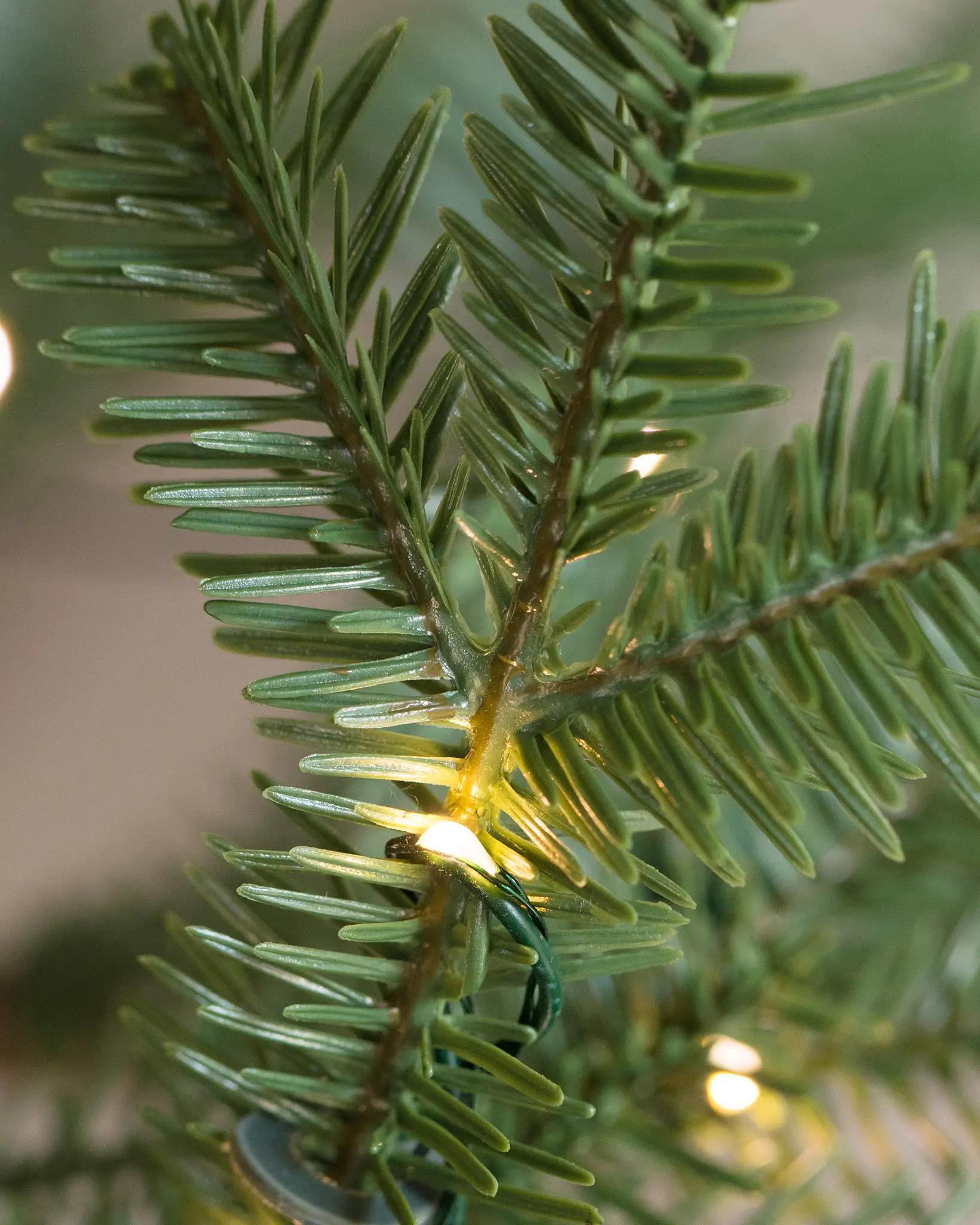
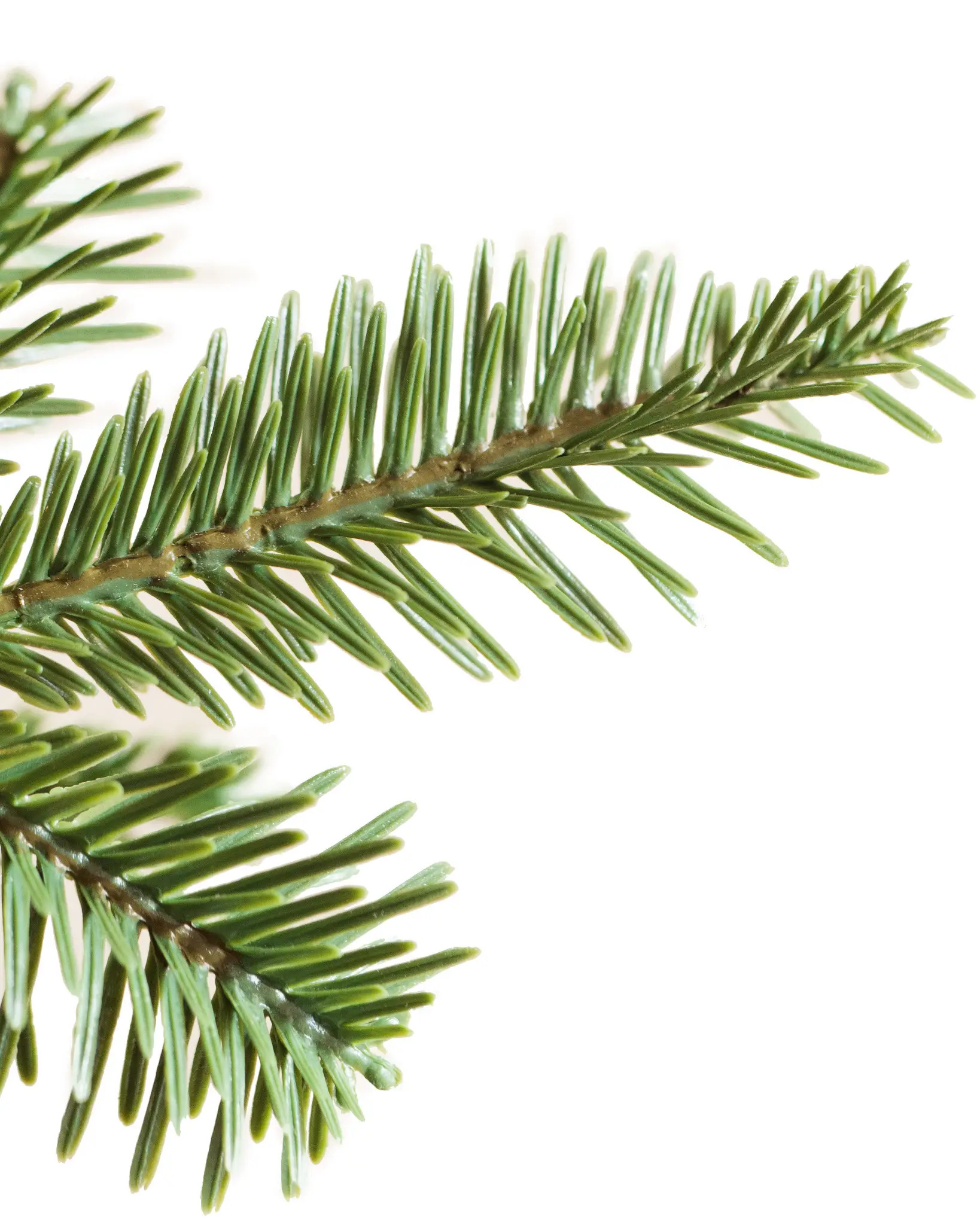














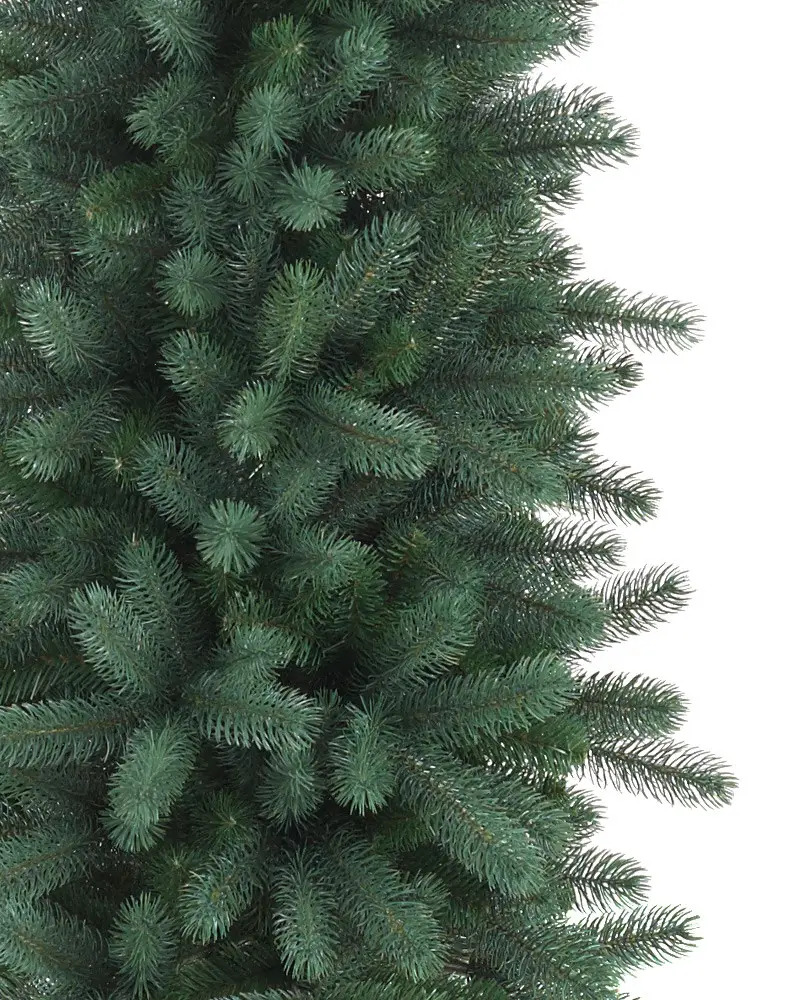






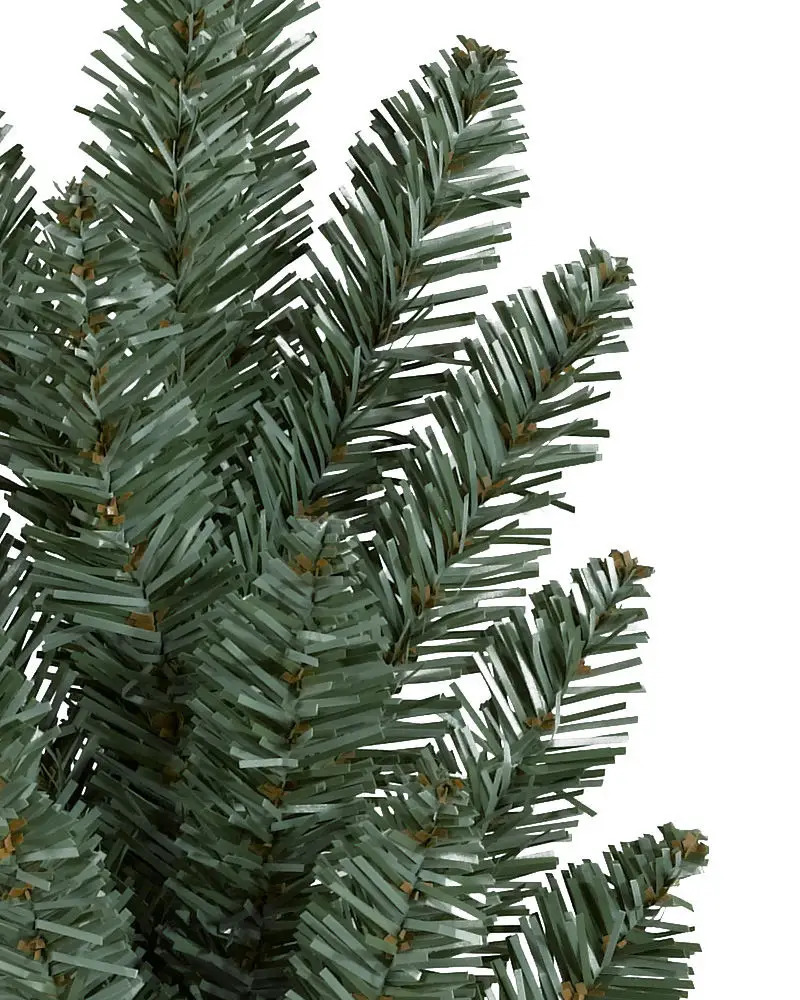

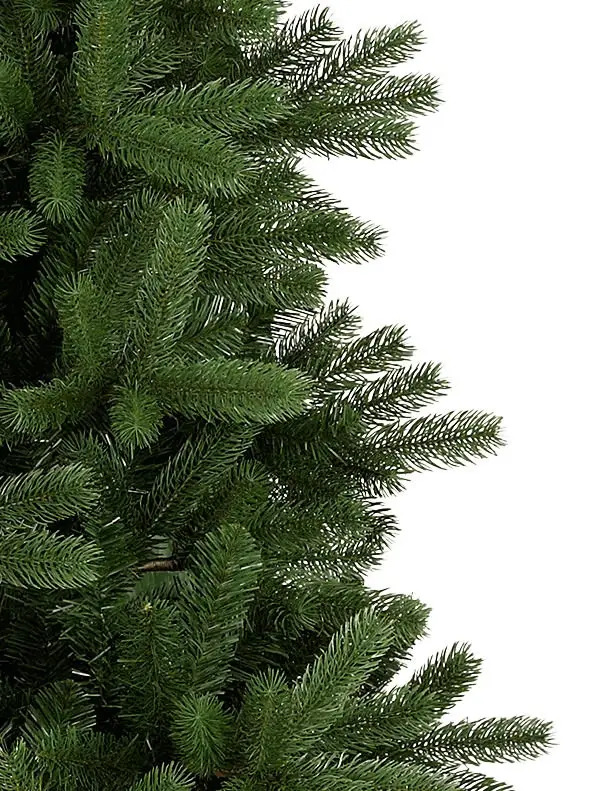
Reviews
There are no reviews yet.